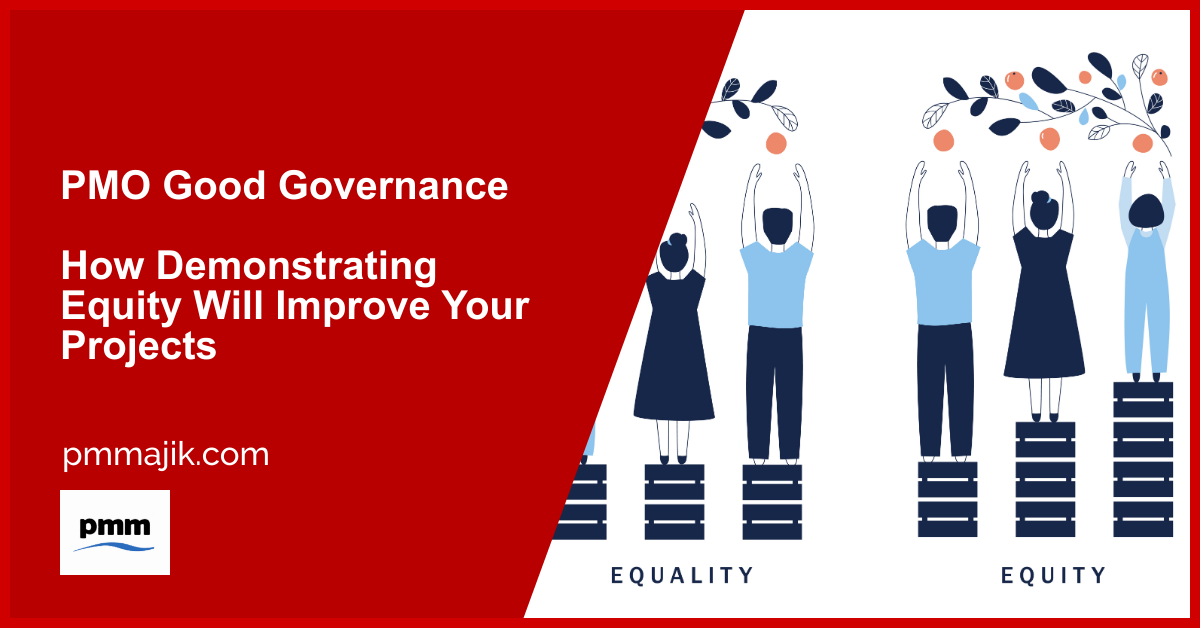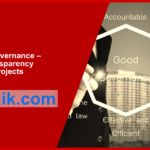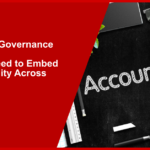Governing projects and ensuring they are run correctly is a key aim of any project management office (PMO). When your projects demonstrate equity across activities, you will see improvement in your project governance.
Demonstrating equity means that everything that happens across your projects will be fair and balanced without favouritism. It promotes transparency and accountability, which are also key elements of PMO good governance.
To help you demonstrate equity within your PMO and across projects, we’re going to look at:
- What is means to demonstrate equity
- What demonstrating equity looks like
- The actions you can take to make sure equity is demonstrated
What does demonstrating equity in a PMO mean?
To demonstrate equity within a PMO and its projects means to ensure fair and equitable decision-making, treatment of people, and opportunities offered. Your PMO needs to promote equity so that the projects you run will:
- Be transparent
- Be inclusive
- Be accountable
- Be efficient at allocating resources
When stakeholders are confident that projects have equity embedded in them, they will have more confidence in the project process and the outcomes. They will have faith in the decision-making process that led to the projects deliverables.
Further, decisions that aren’t clouded by biases or personal relationships will lead to fair and efficient allocation of resources. You’ll be sure that a vendor hasn’t received a favour or a talented person hasn’t been overlooked due to personal relationships.
As well as the general business benefits, being equitable in projects can be a legal and moral imperative. Discrimination is illegal, and you also don’t want your office or the wide business getting a reputation for nepotism or corruption.
How can you ensure your PMO demonstrates equity across projects?
The benefits of having equitable practices across your projects are clear, but how can you make that happen? Here are five ways you can make sure your projects demonstrate equity.
- Have clear policies that demonstrate equity – an initial step to demonstrate equity is to define it through policies and your employee handbook. You need to work with your HR department to make sure that PMO-specific policies are in place, such as policies about project selection, vendor and freelancer selection, and how decisions should be made.
- Standardised resource allocation – you need to have a documented process that outlines how to allocate resources such as money, hardware, and people. This will ensure that projects have fair access to the tools and skills they need and that money is being spent in line with business priorities. Ensure the rationale is always recorded, along with the alternatives that were rejected, so allocations stand up to scrutiny.
- Transparent decision making – every decision in a project, such as budget allocation, delegation choices, changes in scope and timeline, should all be clearly documented. Your PMO needs to facilitate this with guidelines on what decisions should be documented and provide the framework and recording process for your projects to use.
- Conflict resolution facilitation – promoting equity also requires a resolution process when someone feels they haven’t been treated in line with policies. This should be dealt with in conjunction with HR, and the process to raise issues of equity needs to be made clear and easy to access. By having decisions documented and a standard allocation resource process, projects should be able to resolve conflicts easily and with evidence.
- Accessible resources – make sure that all your policies and other resources for projects are accessible. This means having them available for people with different needs, such as in audio or Braille form and even in different languages where necessary. It’s important that anyone affected by the equity policies are able to access and understand them so that they can raise concerns where needed.
Demonstrating equity for good governance in your PMO
It’s important to demonstrate equity in your PMO and across projects so that workers, managers, and stakeholders trust that decisions and outcomes are fair. You want to make sure there is trust in the good governance processes you have so they will be accepted and used in the long term.






